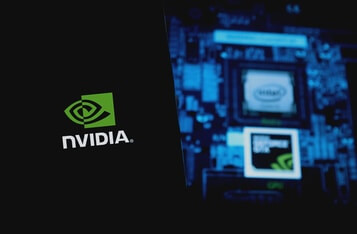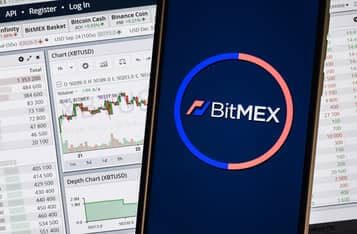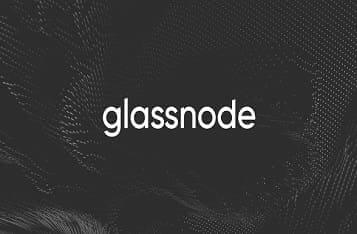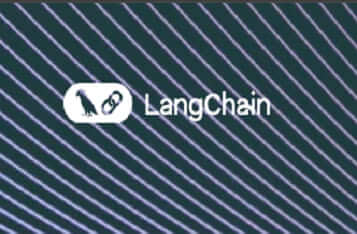NVIDIA's cuDSS Enhances Engineering and Scientific Computing with New Solver Technologies
NVIDIA has announced the latest advancements in its sparse direct solver library, cuDSS, aimed at enhancing engineering and scientific computing. The new versions, cuDSS v0.4.0 and v0.5.0, bring substantial performance improvements and usability features, making them essential tools for data centers and other computing environments.
Key Features of cuDSS v0.4.0 and v0.5.0
cuDSS v0.4.0 introduces a performance boost for factorization and solve steps, along with new features such as a memory prediction API, automatic hybrid memory selection, and variable batch support. Version 0.5.0 further enhances these capabilities by adding a host execution mode, which is particularly beneficial for smaller matrices, and optimizing performance through hybrid memory mode and host multithreading.
Performance and Usability Enhancements
The memory prediction API is crucial for users needing to anticipate device and host memory requirements before entering memory-intensive phases. This helps in scenarios where device memory might be insufficient, allowing users to enable hybrid memory mode for better efficiency.
Furthermore, cuDSS v0.4.0 supports non-uniform batch processing, enhancing performance by accommodating diverse matrix dimensions and sparsity patterns. In v0.5.0, host multithreading is introduced, enabling tasks like reordering to be executed more efficiently across multiple CPU threads.
Significant Performance Improvements
The updates in cuDSS v0.4.0 and v0.5.0 deliver notable performance improvements across various workloads. Version 0.4.0 accelerates factorization and solve steps by utilizing dense BLAS kernels when triangular factors become dense, resulting in speedups influenced by matrix structure and reordering permutations.
In addition, v0.5.0 optimizes the hybrid memory mode, allowing internal arrays to reside on the host, which is particularly effective on NVIDIA Grace-based systems due to higher memory bandwidth between CPU and GPU.
Hybrid Execution Mode
The hybrid execution mode introduced in v0.5.0 enables parts of the computations to be executed on the host, reducing overhead for small matrices that lack sufficient parallelism for GPU saturation. This mode improves performance by minimizing unnecessary memory transfers between host and device.
For more details on the new features and performance enhancements, visit the official NVIDIA blog.






